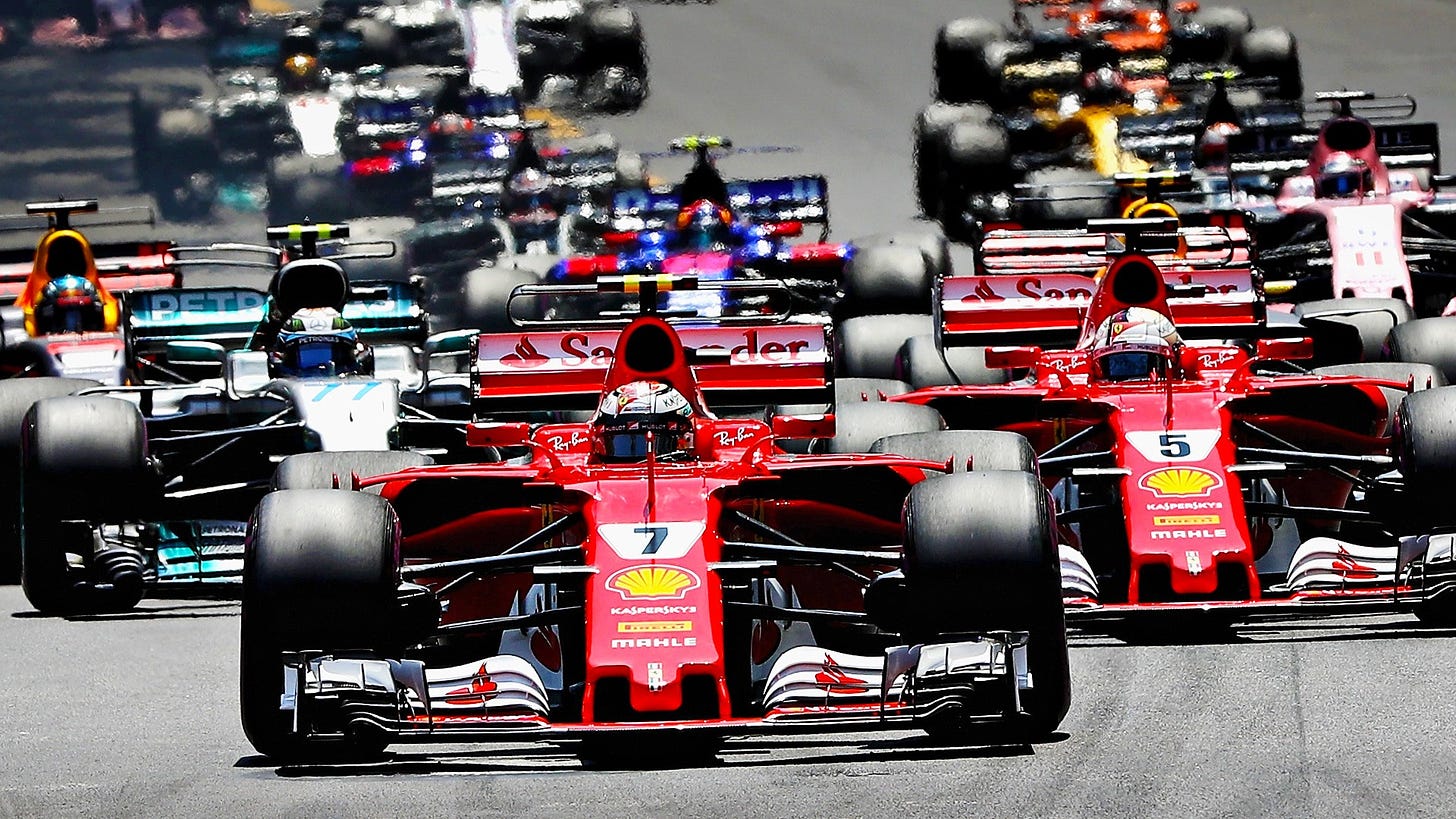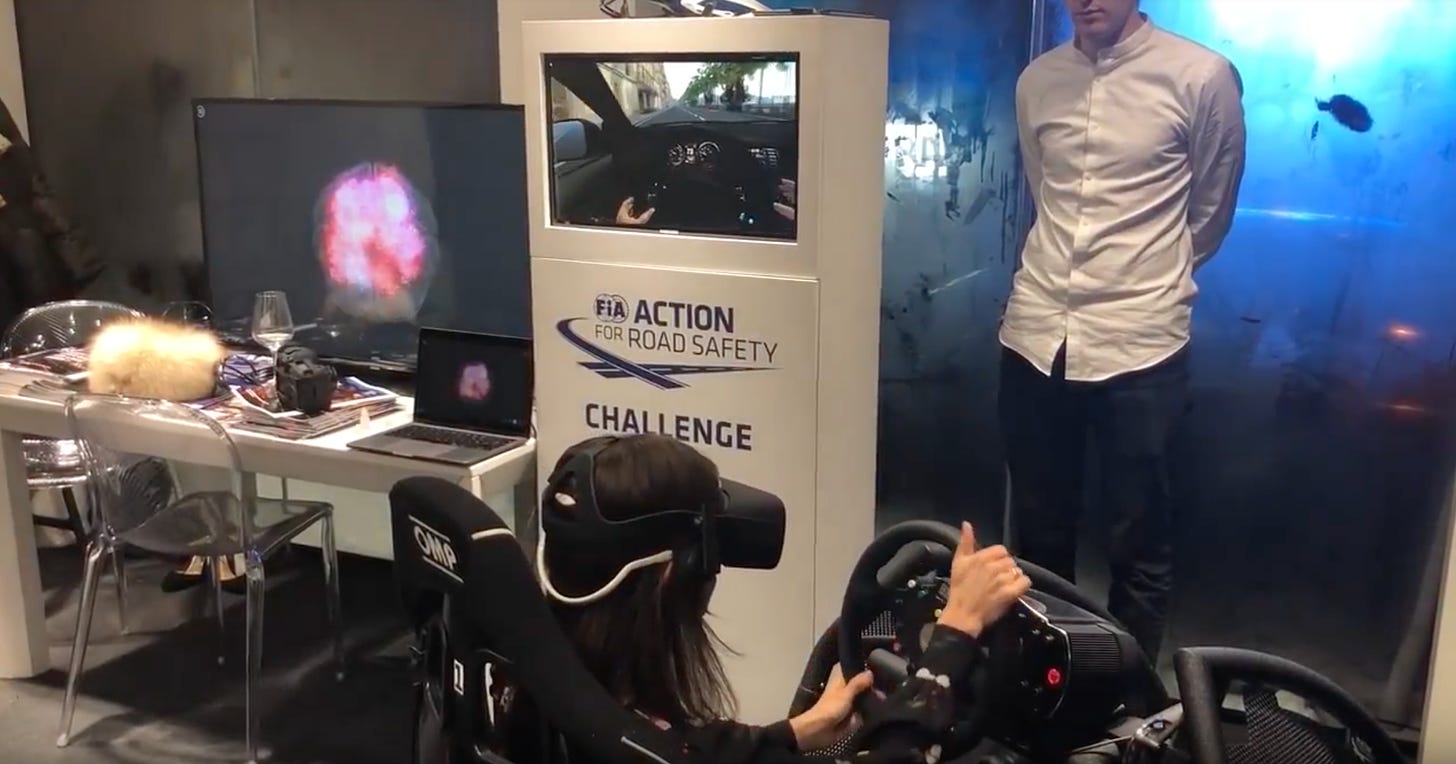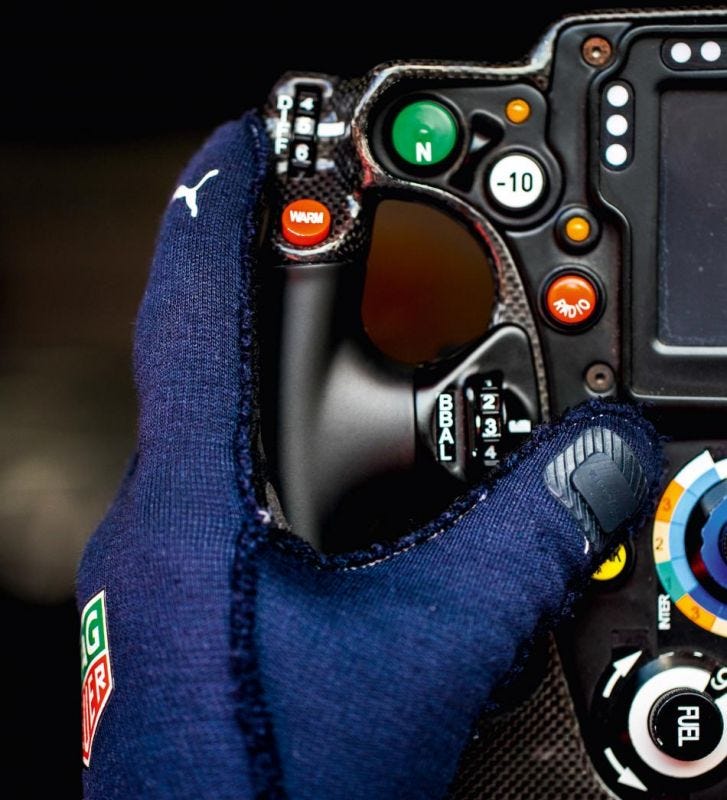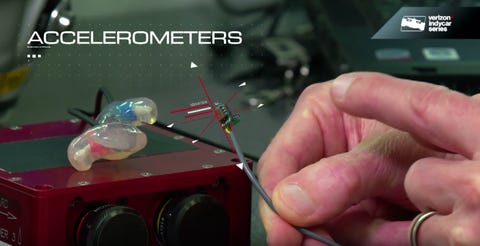Formula 1 (F1) is one of the most popular sports in the world, with 550M F1 fans tunning in every year to watch F1 races. It is also one of the most tech savvy sports on the planet.
 But before we get into some of the most exciting technologies used in F1 today, let’s talk about the economics of the the world of F1.
But before we get into some of the most exciting technologies used in F1 today, let’s talk about the economics of the the world of F1.
Who much revenue is generated annually in the world of F1?
As far as the yearly revenue is concerned Formula 1 generate somewhere between $1.5B to $2B a year. Which is soundly distributed among 10 F1 teams who in return spend between $100M to $500M a season on elite level motor engineers, research & development and of course on driver salaries.
How much do F1 drivers make an average? What are the highest paid F1 drivers today?
On average formula 1 drivers makes around $5M a year while the top drivers like Sebastian Vettel who has a $50M a year contract with Ferrari, current world champion Lewis Hamilton who signed a new deal worth $40M a year two of the highest paid athletes around.
What is the average cost of hosting a formula 1 grand prix?
Hosting a formula 1 grand price costs around $250M for a 10 year period but that does not mean F1 is short on hopeful countries. Every year if one circuit withdraw a few more go into bidding war to host F1 grand prix.
How much does the world of F1 make from digital content?
F1 made just $10M in digital revenue during the 2017 season.
With 12B data points being generated across all F1 teams at any given F1 races, technology has become increasingly important for F1 teams as well as the fans to help improve safety and improve the fans experience.
Let’s take a look at some of the most innovative technologies used in the world of F1:
- Virtual Reality (VR):
VR has become a new way for F1 fans to experience F1 in a more immersive way. Last year Formula One racing announced a partnership with VR provider The Dream VR to build a new 360-degree Formula One virtual reality channel inside the company’s platform. The channel uses 360-degree VR to provide fans with immersive views of various on-site locations during live races.
VR users can experience behind-the-scenes footage of Lewis Hamilton winning the 2018 Mexican Grand Prix, which took place in October.
- AR
Augmented reality (AR) has become another innovative way for F1 teams to let F1 fans experience F1 in a new way. For example, Mercedes-AMG Petronas Motorsport teamed up with Epson to use Epson AR smart glasses and offer the only AR tour in the Formula One paddock, giving people a unique insight into the fascinating world of F1. As shown in the video below, as part of the Moverio experience, guests are guided around the garage with an interactive commentary of the anatomy of the Silver Arrows cars, the various roles of the race team, pit stop explainers, driver profiles and much more.
- eSports:
The world of F1 has also embraced eSports. All Formula One teams are now committed to setting up their own eSports outfits to compete in the eSports competition. The drivers selected by F1 teams compete in three live events to decide the virtual drivers’ and teams’ world championships with a prize fund of at least $200,000.
Neuroscience is another emerging technology used in the world of F1. For example, neuroscience startup EMOTIV teamed up with The FIA and built a VR simulator that can measure drivers’ brainwaves and display them in VR in real-time to better understand how distractions and altered perception can put people’s life at risk while they drive.
 Picture: Emotiv’s VR simulator
Picture: Emotiv’s VR simulator
EMOTIV even went one step further by enabling drivers to control cars with their brain. In fact, it put four-time Formula 1 world champion Lewis Hamilton to the test as he accepted a challenge to compete in a car controlled only by his mind. Hamilton was challenged to a race by quadriplegic racer Rodrigo Hübner Mendes – who became the first person to drive an F1 car using brainwaves, according to TechRadar. And while Hamilton was speaking recently at an education conference in Dubai, Mendes threw out the unexpected challenged.
Here is the video of Mendes driving a race car using his brain.
Video: Quadriplegic racer Rodrigo Hübner Mendes – who became the first person to drive an F1 car using brainwaves
- Wearables: From smart gloves to smart earbuds
Wearables are becoming increasingly important in F1 to help improve the monitoring and safety of F1 drivers. For example, F1’s governing body FIA issued the requirement for all teams to use smart gloves (see picture below) that can record biometric data (breathing rate and temperature) and make it available to the respective teams once the race is over. The gloves have a flexible sensor with a width of 3mm and record various vital parameters such as heart rate and blood oxygen. The sensor is powered by a small battery, which can be charged wirelessly on any wireless charger. The sensor can transmit data over Bluetooth (up to 500m) to a small data storage device stored in the car. The idea is to help the teams regulate the health of their drivers in F1’s ultra stressy environment. The gloves can also help doctors track the health of drivers in case of an accident. Additionally, they can help the F1 teams develop future F1 cars accordingly to keep the driver safe from any major health issue.
Earpieces are another kind of wearable frequently used by F1 drivers. They incorporate tiny accelerometers, wired through to the car’s electronic control unit, that measure the forces the head is subjected to in any impact.
We are also seeing divisions of F1 teams building wearables that could be used by the general public. For example McLaren Applied Technologies (MAT), which also has an F1 team, are leveraging their expertise in monitoring the performance of automotive components to human subjects fitted with heart-rate monitors and accelerometers. In the initial phase this involves gauging how effective the exercise regimes of obesity suffers are in burning calories, and rapidly feeding the data back to them.
Duncan Bradley, MAT head of high-performance design and engineering, explains: ‘We are not just telling someone how many calories they used in a day. We can look at the data to see how effective it was that a patient swam at 2pm on Tuesday. Such useful information is set in context and is effective in changing people’s behavior.’
 Picture: MAT’s wearable device
Picture: MAT’s wearable device
MAT has a strategy to evolve this insight over the next few years to tackle other diseases too.
Bradley says: ‘We have developed fantastic insights into physiological signs and we are working on technology that could monitor the progress of a disease or look for markers that show how a medication is working. This goes beyond simply measuring heart rates – we are after technology that provides more in-depth measurements.
‘In the future, people and patients will be empowered by wearable technology. Healthcare will be one of the big areas to benefit, but there will also be knock-on effects in the areas of sport, nutrition and relaxation.’
Bottom line: When it comes to technology the world of formula 1 has become a pioneer and early adopter of emerging technologies such as advanced wearables, AI/Machine learning, neuroscience, VR/AR, or eSports. With 12B being data points gathered on average across all F1 teams at any given F1 races, F1 teams are now focusing their efforts on leveraging such data to help create more engaging fans experience while preserving the privacy of their drivers. With new emerging technologies emerging every year, there is no doubt that the world of F1 will once again be out in front.




Leave A Comment
You must be logged in to post a comment.